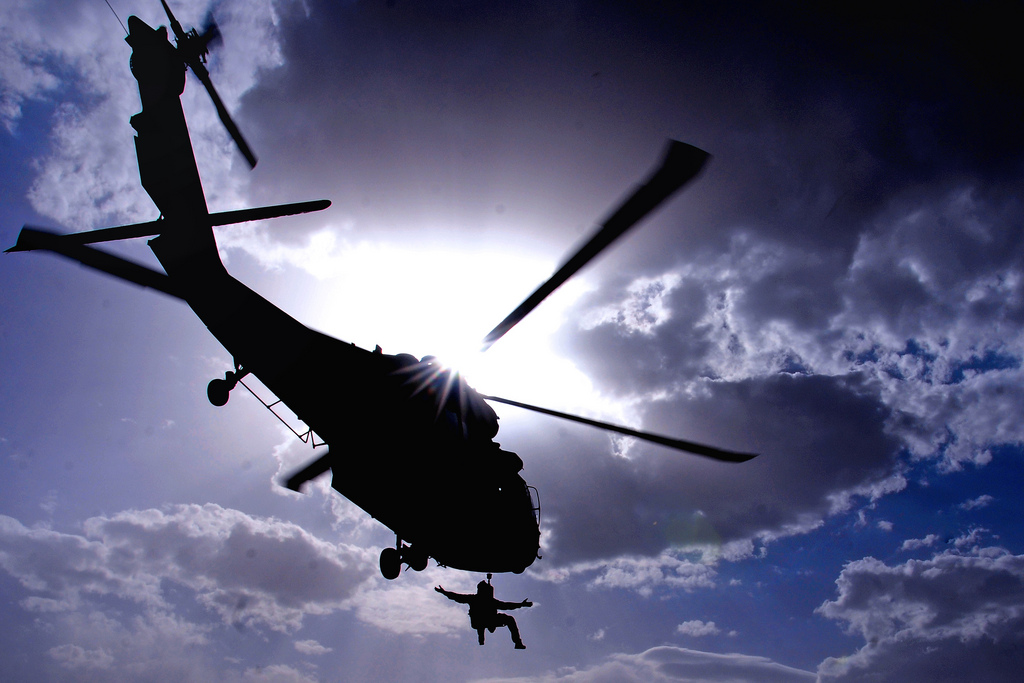When a person is stuck in a challenging environment, nothing else is as effective as air ambulance flights that make use of hoists. Their presence not only ensures quick rescue but also saves a lot of time and effort when compared to a ground rescue, although they too have not been without hoist fatalities. However, that is a risk that the brave rescuers sometimes take. Here are some of the advantages, limitations, and risks associated with air ambulance flights that make use of hoists.
What Limits the Air Ambulance Flights?
- If the winds are moving at a speed greater than 20 miles per hour, if the visibility is poor or the weather is simply harsh, air ambulance flights may not undertake a rescue mission.
- There is a weight limit that comes with hoist operations and if the combined weight of the patient as well as the equipment exceeds 450 pounds, the mission might be abandoned.
- Hoist operations are never undertaken during night hours
- Conducting a hoist operation over water is tough and can be quite limiting.
The Factors taken into Consideration by Air Ambulance Flights
- The nearest location where the aircraft can be fueled
- Availability of landing area
- The location of the nearest command post
- All information related to the patient such as the weight, age, people along with the patient, etc
- Availability of a backup plan in case the mission cannot be carried out
The Different Types of Hoists Used by Air Ambulance Flights
- Rescuer Backpack: This contains hoist equipment that’s best suited for rescue along with some emergency medical equipment in anticipation of the injury.
- Bauman Bag: This equipment is used in winters when the injured patient needs to be kept warm. The bag is a splinter that fits automatically around the patient keeping him or her warm.
- Rescue Net: Here, the patient is placed prone in a rescue net which is then hooked to the hoist.
- Seat Harness: This is used primarily to rescue uninjured patients or to rescue those who have very minor injuries that do not pose any threat to life. Here, the harness is simply placed around the patient and hooked up to be hoisted away.
Carrying out hoist rescue missions requires special approval by FAA which is granted only after a rigorous certification process.


